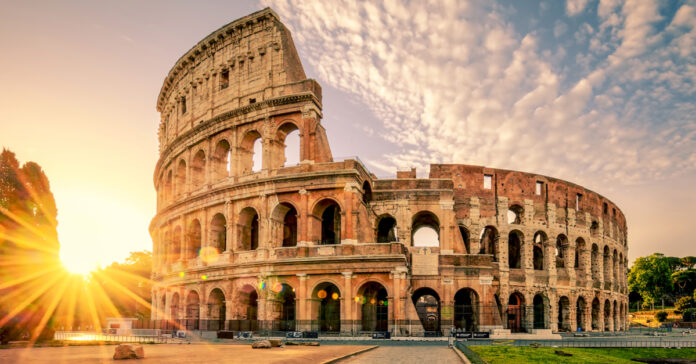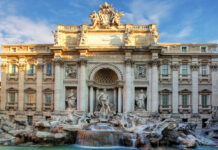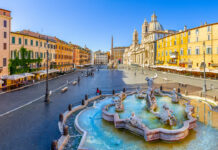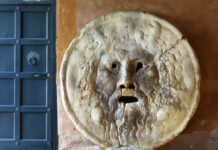The Colosseum is one of the most visited monuments in Italy thanks to its millenary history and its unique architecture: the scene of epic fights between gladiators, men and fierce beasts, and even the site of naval battles.
Not many people know that the real name of this iconic monument is not Colosseum but Flavian Amphitheatre, in honor of the emperor. In Roman times the nickname Colosseum came from the colossal statue built near it. Throughout the centuries, many different shows were held in the building, which has changed its structure and function several times.
But how and where did the Gladiators live? Where were kept the fierce beasts used for the beloved fights and how did the amphitheater manage to change its scenery so quickly?
The answer lies in the area below what once was the battlefield, where traps and elevators communicating with underground tunnels were hidden and used during the show to lift the cages of ferocious beasts.
The different floors of the building show that the structure of the amphitheater was divided into social classes: higher the status, closer to the arena people sat. The emperor, senators and members of the local aristocracy attended the performances from a privileged position, also known as the emperor’s or imperial box.
With the end of the Roman Empire, the Colosseum suffered a gradual decline, until it was used in the Middle Ages and Renaissance as a quarry. However, its glorious history and its magnificent silhouette keep attracting millions of tourists every year.
Are you interested in discovering more of the Colosseum’s history and beauty? Take a look at the guided tours for a unique experience!











